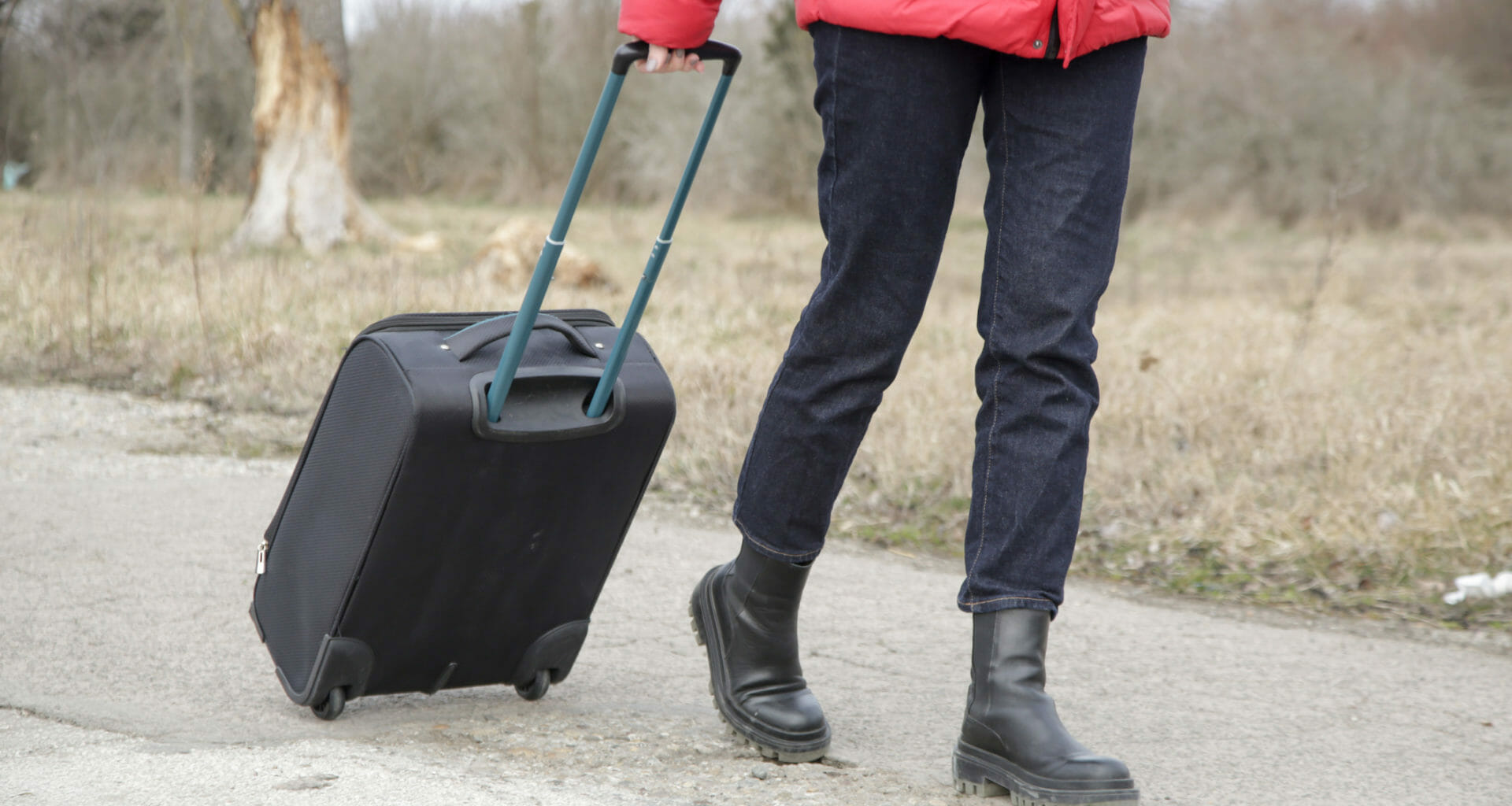The UK’s efforts to take in refugees from the Ukraine war have been under the spotlight in recent weeks.
There has been criticism about the slow response of the UK Government to the crisis, while Prime Minister Boris Johnson has talked up the country’s resettlement scheme.
But how many people is the UK taking in, and how does it compare to other countries?
Ferret Fact Service took a look at the facts behind the rhetoric.

What schemes have the UK put in place?
The UK launched the Ukraine family visa scheme, which allows Ukrainians to join immediate or extended family members who live in the UK already.
It also means Ukrainians who are living in the UK can extend their stay. People can stay up to three years under this scheme.
There is also the highly-publicised ‘Homes for Ukraine’ scheme, which was launched on 14 March.
This is a form of sponsorship scheme where the public in the UK can sign up to host refugees from Ukraine. It is essentially a visa sponsorship scheme, where people in the UK can individually sponsor Ukrainians’ visas.
People have been encouraged to sign up to offer a rent-free space to someone fleeing the conflict for at least six months. So far more than 150,000 people have expressed an interest in offering accommodation.
Sponsors and refugees will face security checks before they can be part of the scheme.
Each household that takes in someone from Ukraine will be offered £350 a month, tax-free, for up to 12 months.
The UK Government has said there is no limit to the number of Ukrainians who could be supported by the visa sponsorship scheme.
How many people has the UK taken in so far?
As of 16 March, the UK had issued 6,100 visas to Ukrainians under the family scheme, with 25,000 applications submitted. The first few thousand refugees under the Homes for Ukraine scheme are expected to arrive in the UK next week.
The UK has not so far lifted visa regulations, which campaigners say would help to speed up the process of accepting refugees. Home secretary Priti Patel said that “security and biometric checks” were necessary for British security.
According to the United Nations, more than three million people have fled Ukraine since the war began. The majority of them have ended up in neighbouring Poland, which has taken in nearly two million people. Romania, Moldova, Hungary, and Slovakia have also taken in hundreds of thousands of refugees. Nearly 170,000 have gone to Russia.
Has the UK resettled more refugees than any European country since 2015?
This claim has been made repeatedly by government ministers including Boris Johnson as the UK’s approach is questioned.
He told MPs that the UK has “done more to resettle vulnerable people than any other European country since 2015”.
This refers to people accepted through the UK resettlement schemes, which is a specific way that refugees can enter a country.
Resettlement is where someone is granted asylum when abroad, and then transferred to the UK via a settlement scheme. This occurred in Scotland when Syrian refugees were flown to Glasgow in 2015.
The UK has a number of resettlement schemes in place, which according to EU statistics took in 24,670 between 2015 and 2019, which was the highest number across the European countries where statistics were collected. Home Office figures show another 823 settled in 2020, and another 1,587 last year.
This doesn’t give an accurate impression of the number of people who have been given protection by the UK. Most people who are granted protection by the UK don’t come through resettlement schemes.
In terms of overall asylum grants or ‘protection’, the UK lagged behind a number of European countries including Germany, France, Spain, Greece and Italy, even before the massive displacement caused by the conflict in Ukraine.
According to the UK Government, the UK offered protection to 13,210 people in 2021. It defines protection as “asylum, humanitarian protection, alternative forms of leave and resettlement”.
The latest comparable figures are for 2020, when the UK gave protection to 9,936. This is fewer than Germany, who gave protection to 98,000, Spain (51,200), Greece (35,800), France (29,400), and Italy (21,300) in the same year.
Photo thanks to iStock/triocean.














